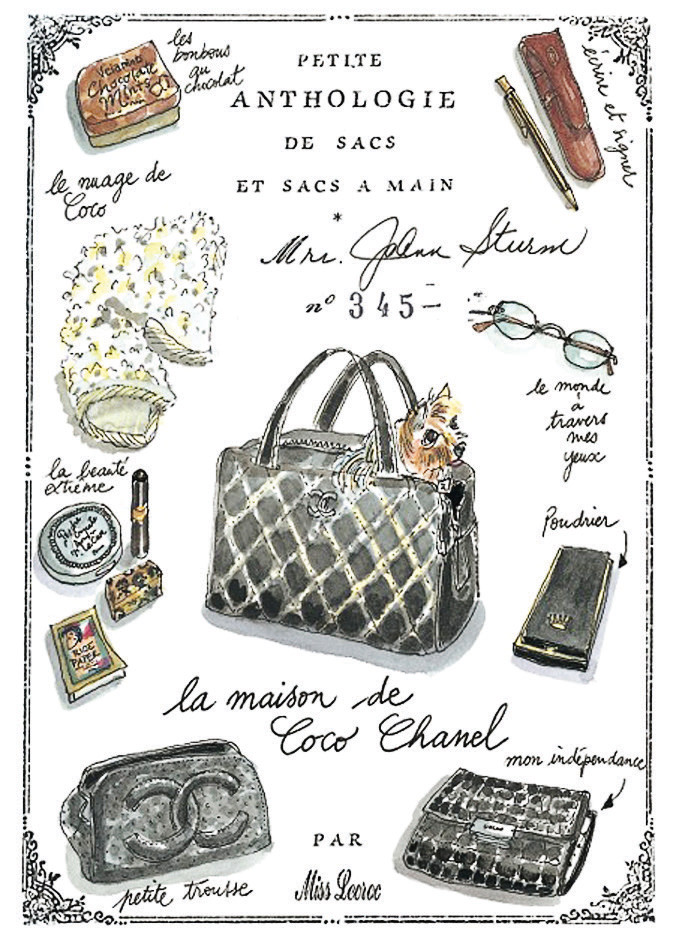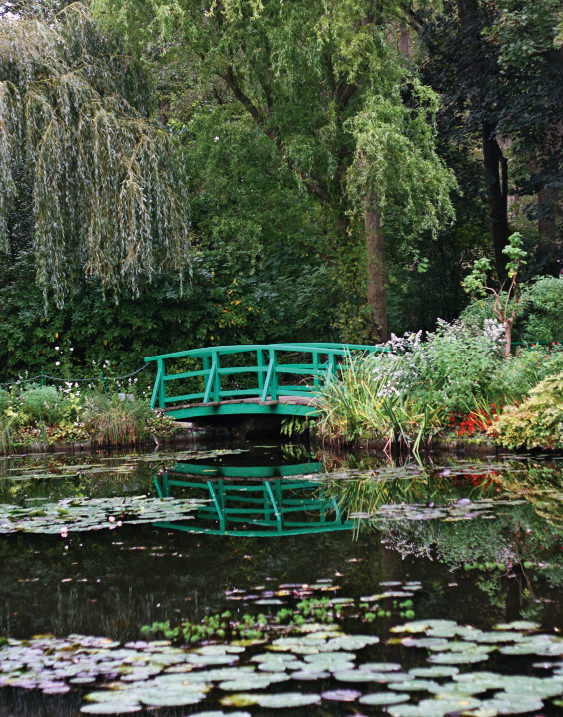Champagne Collet
A century of quality fizz.

The Collet champagne house was born in 1921, soon after the First World War ended, when peace settled over Champagne after years of turmoil. The war, partly fought in the vineyards of Champagne, followed years of resentment by growers who supplied grapes for the big champagne producers. There had been poor harvests, incomes had declined, and some champagne houses were using cheaper grapes imported from other regions.
Anger bubbled to the surface and exploded in late 1910–early 1911, when thousands of growers attacked trucks carrying these “foreign” grapes and tipped them in the river, ransacked the storage facilities of the champagne houses, destroyed hundreds of thousands of bottles of champagne, and set fire to the key town of Aÿ, largely destroying it. The government dispatched more than 40,000 troops to restore order.

To stabilize things, the government imposed conditions on the champagne industry. It defined the area where grapes used in champagne could be grown, and it regulated vineyards, prices, and production. But many growers formed cooperatives and pooled their resources so as to make their own champagne, rather than sell to the existing producers. The first of these cooperatives was Champagne Collet, founded by 20 growers, including Raoul Collet. It was based and remains in the town of Aÿ, the heart of the growers’ rebellion.
Today, Champagne Collet is a consistent and reliable player in the world of champagne, although much smaller than the major houses such as Moët & Chandon, Taittinger, and Veuve Clicquot. Now 850 members strong, Champagne Collet produces about a million bottles of champagne a year, a small contribution to Champagne’s annual output of some 300 million bottles. Pascal Boye, Champagne Collet’s vice-president of sales and marketing for the Americas, says the members’ best grapes, primarily from Champagne’s Grand Cru and Premier Cru classifications, are used in Collet champagnes, and some excess is sold to other champagne houses—although he coyly declines to name them.

The house’s workhorse wine is Champagne Collet Brut, a non-vintage cuvée in which pinot meunier accounts for half the blend, followed by chardonnay and pinot noir. Thanks to the high proportion of pinot meunier, this is a quite fruity wine by champagne standards, and it shows the structure and bright acidity—not to mention the streams of fine bubbles and elegant mousse—characteristic of quality champagne.
Chardonnay and pinot noir play starring roles (40 per cent each) in Champagne Collet Art Deco Brut, a well-built wine with focused flavours and poised balance. Meanwhile, Champagne Collet Collection Privée Brut 2008, which is 75 per cent chardonnay, comes from an excellent year – vintage champagnes are made only in exceptional years – and delivers slightly oxidative flavours while retaining well-defined fruit and bright acidity. The current Collet portfolio includes several other cuvées, including a rosé brut, a blanc de noirs, a blanc de blanc, and a vintage champagne from 2012.

Boye says the champagne market is flat at the moment, after a short growth spurt when the worst of the covid pandemic had ebbed and “everyone needed champagne.” A flat market, with little increase or decline, he suggests, “is the new good.”
One thing that’s remarkable in the world of champagne is that high-quality wines from smaller houses are often considerably less expensive than Champagne’s big brands. That’s certainly true of the wines from Champagne Collet, and, paired with the quality they offer, it makes them a compelling choice.




